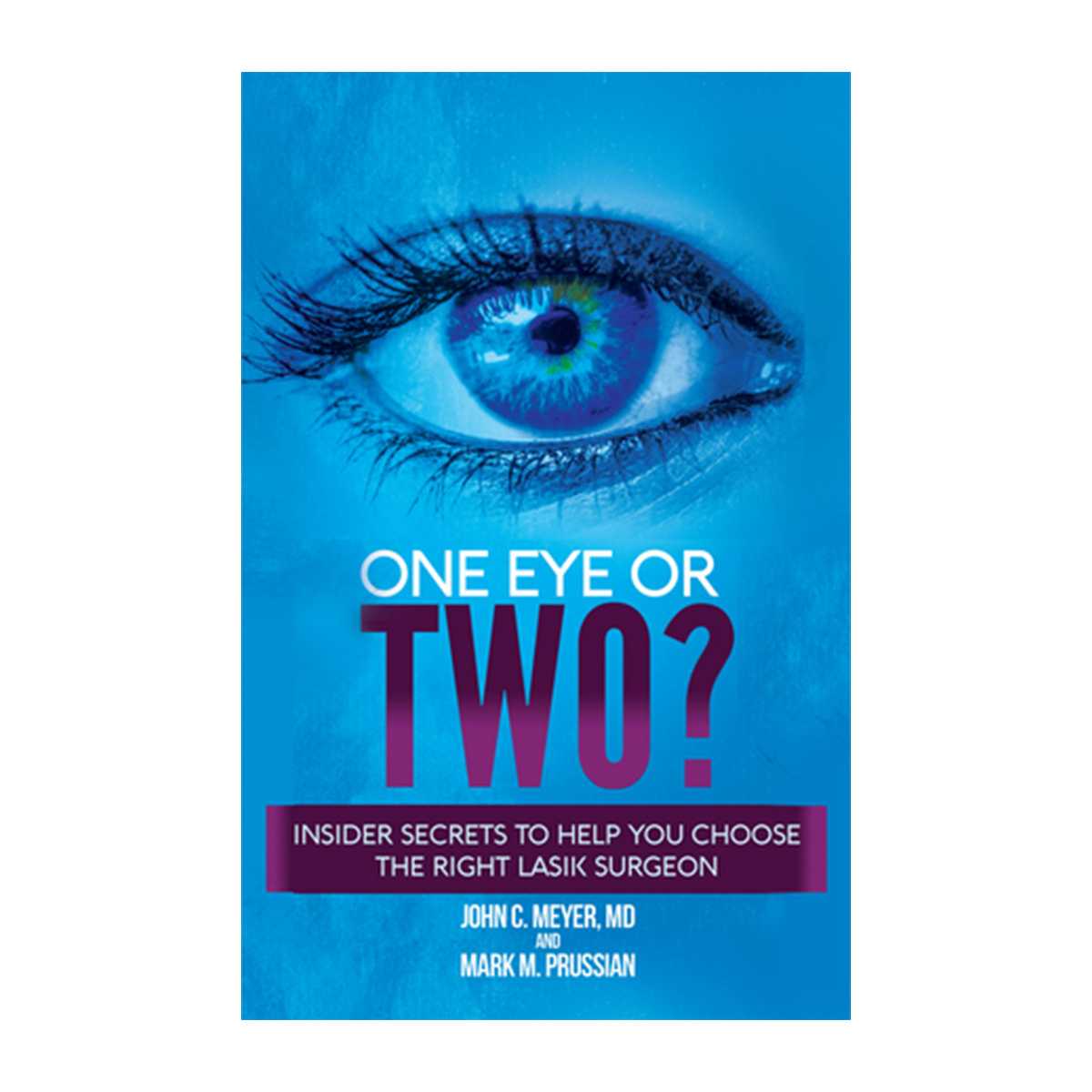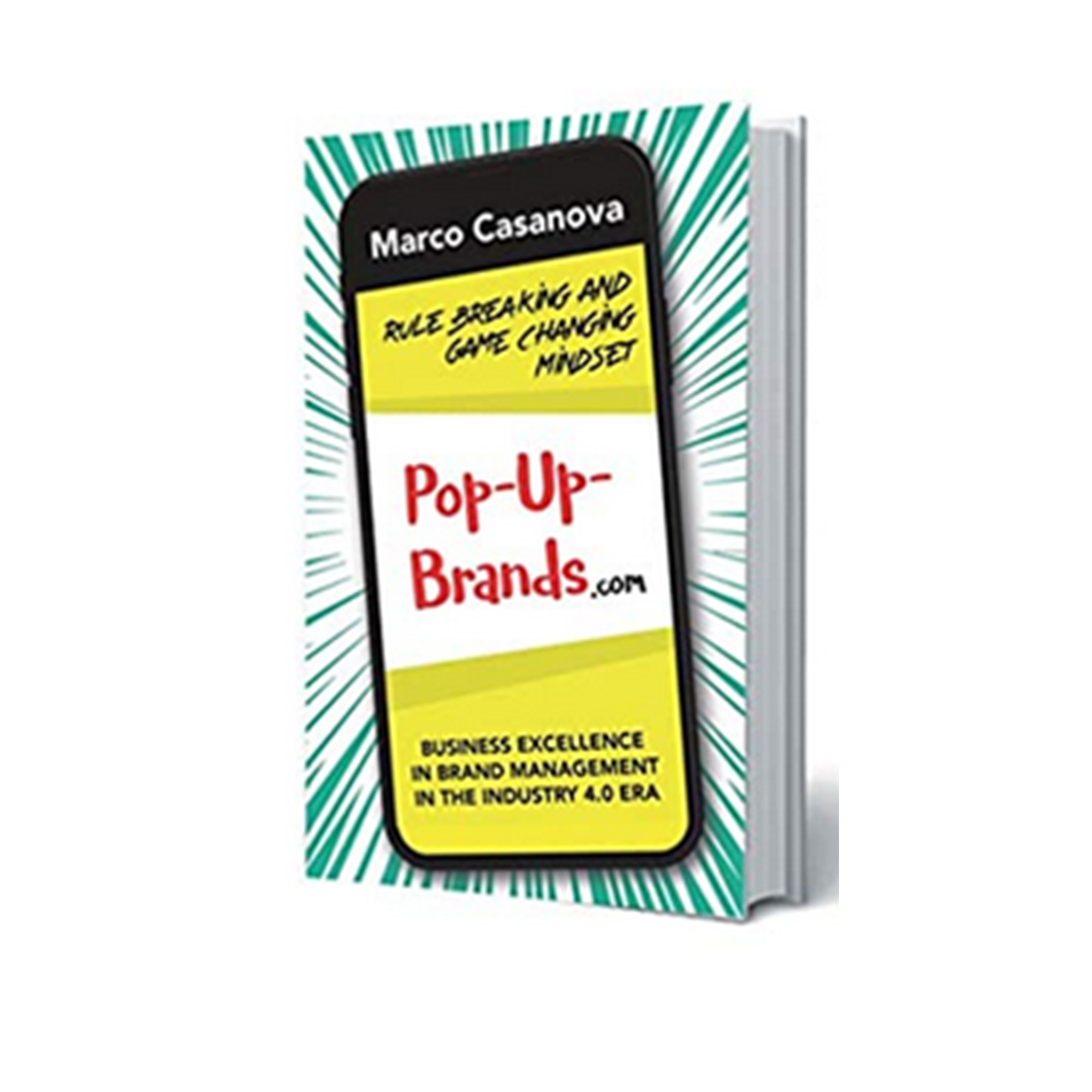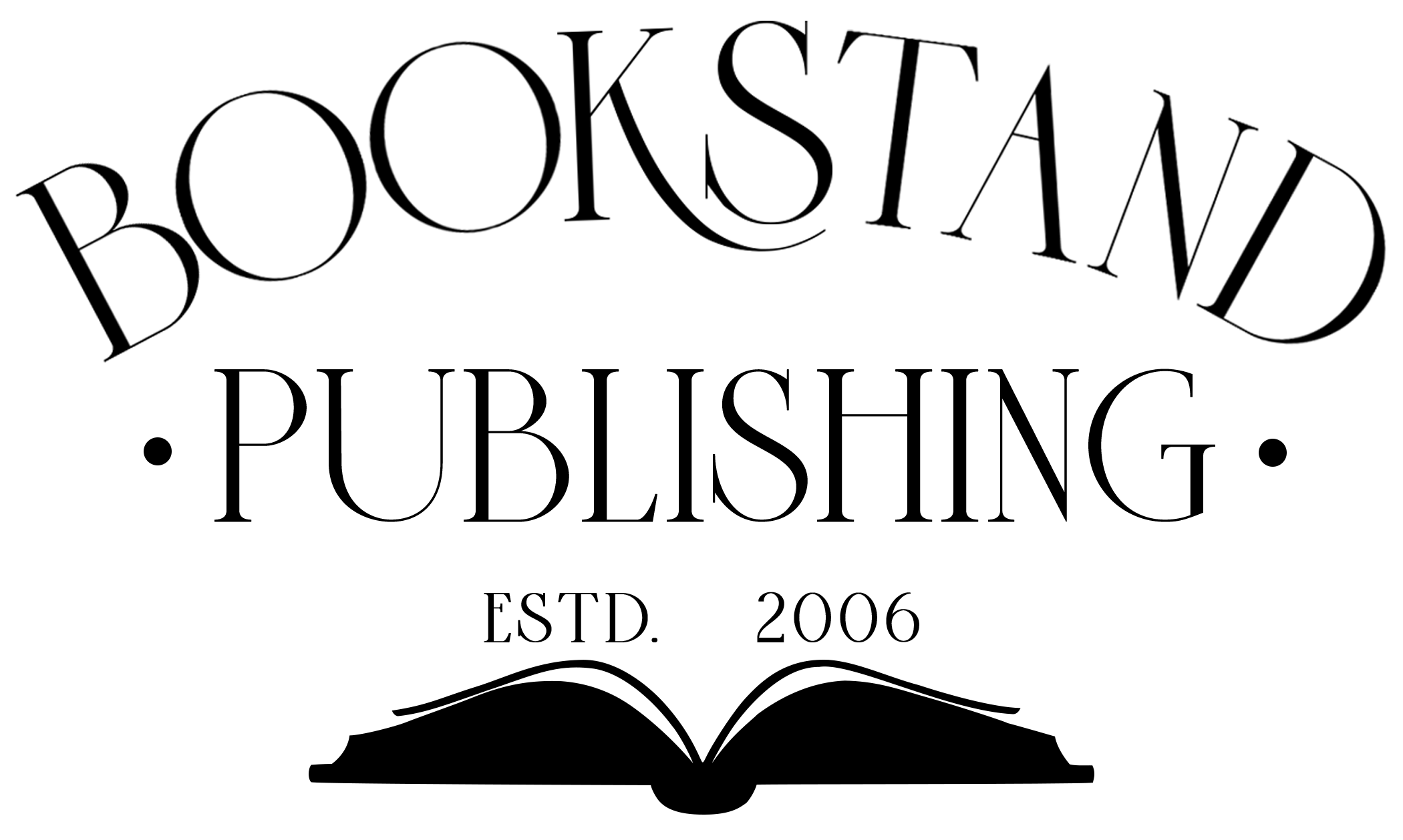
With self-publishing, you take control of your own destiny. Make your book a success yourself!
Here are a few questions you may want to ask yourself before you self-publish:
1. What is your motivation and purpose for publishing your book?
Writing a book is a lot of work. Publishing one is even more work. Is your purpose clear and sufficiently well conceived to sustain you through the experience? If profit is a motive, then the venture must be treated as a business. Typically, from start to finish, a writer will spend 10% of his or her time writing the book, 15% publishing it, and 75% marketing and promoting the finished book. Keep your purpose clear!
2. Is your book written for a specific market niche or group of people?
It is more expensive to promote a book to a wide general audience. Marketing costs are less when the target audience is specific, definable, and accessible.
3. Do you have a way to sell books direct?
Selling books direct (at retail price to your target audience) is the most profitable way to recover your initial self-publishing investment. The standard heavy discounts to wholesalers and bookstores can be costly for slow-moving books. In fact, without a solid marketing plan, selling books to bookstores can be the least profitable way to distribute your book. Think of alternative ways to distribute your book: Organizations, associations, corporations, conventions, fundraisers, and back-of-the-room sales after lectures or workshops, to name but a few. These are known as special sales markets.
4. Are you willing to go out and promote your book?
A general rule for authors: A book stops selling when the author does. No matter who publishes your book, you are responsible for creating the demand for it. A book will not sell well sitting on a bookstore’s shelf, unless interest is generated for your book. Don’t forget: Writing a book is about 10% of the effort, publishing it is about 15%, and marketing it is 75%!
5. How many copies do you think you will sell?
Beyond your friends and family, who will be interested in your book? Knowing your market and how to reach those people are important questions to answer before you invest in self-publishing. The fact is that 95% of all books published sell fewer than 7,500 copies. With print-on-demand publishing, though, you will not incur the added expense of printing thousands of copies of your book, only to stockpile them in your garage.
6. What is Print-on-Demand (POD)?
At its simplest, print-on-demand (POD) publishing means that whenever a book is demanded (ordered, bought, requested), a copy of the book is printed to fill that specific demand. The relatively recent advent of print-on-demand technology is what makes self-publishing such a great option for many authors. You can now publish your book without a big upfront investment.
Article Tags

With self-publishing, you take control of your own destiny. Make your book a success yourself!
Here are a few questions you may want to ask yourself before you self-publish:
1. What is your motivation and purpose for publishing your book?
Writing a book is a lot of work. Publishing one is even more work. Is your purpose clear and sufficiently well conceived to sustain you through the experience? If profit is a motive, then the venture must be treated as a business. Typically, from start to finish, a writer will spend 10% of his or her time writing the book, 15% publishing it, and 75% marketing and promoting the finished book. Keep your purpose clear!
2. Is your book written for a specific market niche or group of people?
It is more expensive to promote a book to a wide general audience. Marketing costs are less when the target audience is specific, definable, and accessible.
3. Do you have a way to sell books direct?
Selling books direct (at retail price to your target audience) is the most profitable way to recover your initial self-publishing investment. The standard heavy discounts to wholesalers and bookstores can be costly for slow-moving books. In fact, without a solid marketing plan, selling books to bookstores can be the least profitable way to distribute your book. Think of alternative ways to distribute your book: Organizations, associations, corporations, conventions, fundraisers, and back-of-the-room sales after lectures or workshops, to name but a few. These are known as special sales markets.
4. Are you willing to go out and promote your book?
A general rule for authors: A book stops selling when the author does. No matter who publishes your book, you are responsible for creating the demand for it. A book will not sell well sitting on a bookstore’s shelf, unless interest is generated for your book. Don’t forget: Writing a book is about 10% of the effort, publishing it is about 15%, and marketing it is 75%!
5. How many copies do you think you will sell?
Beyond your friends and family, who will be interested in your book? Knowing your market and how to reach those people are important questions to answer before you invest in self-publishing. The fact is that 95% of all books published sell fewer than 7,500 copies. With print-on-demand publishing, though, you will not incur the added expense of printing thousands of copies of your book, only to stockpile them in your garage.
6. What is Print-on-Demand (POD)?
At its simplest, print-on-demand (POD) publishing means that whenever a book is demanded (ordered, bought, requested), a copy of the book is printed to fill that specific demand. The relatively recent advent of print-on-demand technology is what makes self-publishing such a great option for many authors. You can now publish your book without a big upfront investment.









